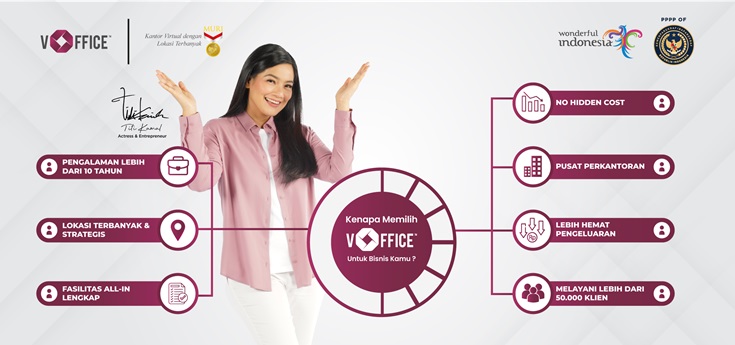In managing a home business, a PIRT license serves as a crucial foundation. PIRT, or Home Industry Licensing, is unavoidable if you are running a food or home product business. This license is not only about legality but also concerns the safety and health aspects of the products produced. Let’s delve deeper into what the essence of this PIRT license really is.
Read Also: What is TDP (Company Registration Certificate)?
What Is PIRT?
PIRT stands for Home Industry Licensing. It is a permit granted to ensure that food or products produced at home comply with established safety and health standards.
Read Also: What is NIB (Business Identification Number)?
Which Products Require PIRT?
Understanding Deeper about PIRT: License for Home Business
Food products such as cakes, snacks, canned foods, or other home-produced items generally require PIRT. This includes a variety of foods, ranging from ready-to-eat meals to daily snacks that we enjoy.
Read Also: What is SIUP (Trading Business License)?
Cost and Duration of PIRT
The cost and duration of PIRT can vary depending on the type of product and regulations in each country or region. PIRT costs may include application fees, laboratory testing, and renewal fees that need to be considered.
PIRT Requirements
Requirements for obtaining PIRT can also vary, but generally include the following:
- Use safe and quality raw materials in the food production process.
- Implement a clean and hygienic production process.
- Clear and standard labeling on product packaging.
- Provide documents and forms requested by relevant authorities.
Read Also: Differences Between BPOM and PIRT in the Processed Food World
How to Obtain PIRT
The process of applying for PIRT usually involves several steps, although the procedures may differ in each country or region. Some common steps often taken to obtain PIRT include:
- Understanding Requirements: Understand the rules and regulations applicable to the products to be produced at home.
- Preparing Documents: Prepare various required documents, such as application forms, production plans, product labels, and others.
- Production Site Inspection: Relevant authorities will inspect the production site to ensure it meets cleanliness and safety standards.
- Submitting Application: Submit the PIRT application according to the procedures set by the competent authority.
- Laboratory Testing: Products may need to be tested in the laboratory to ensure their safety and suitability.
- Regular Updates: Ensure regular updates of PIRT in accordance with applicable regulations.
PIRT is crucial to ensure that food produced at home complies with established safety and health standards. Although procedures and requirements may vary, understanding the basic principles and common steps in obtaining PIRT can help home producers run their businesses legally and safely. Make sure to get detailed information from the relevant authority in your area before starting food production at home.
If you intend to start or expand your business, you can rely on the services provided by vOffice. Our professional team is ready to assist you with various business needs, such as:
- Establishment of Limited Liability Company (PT)
- Establishment of Commanditaire Vennootschap (CV)
- Virtual Office Rental
- Office Space for Rent
- Meeting Room Rental
- and various other services.
Contact us now and get special offers!
[contact-form-7 id=”f1aa646″ title=”Contact Form Blog_EN”]










